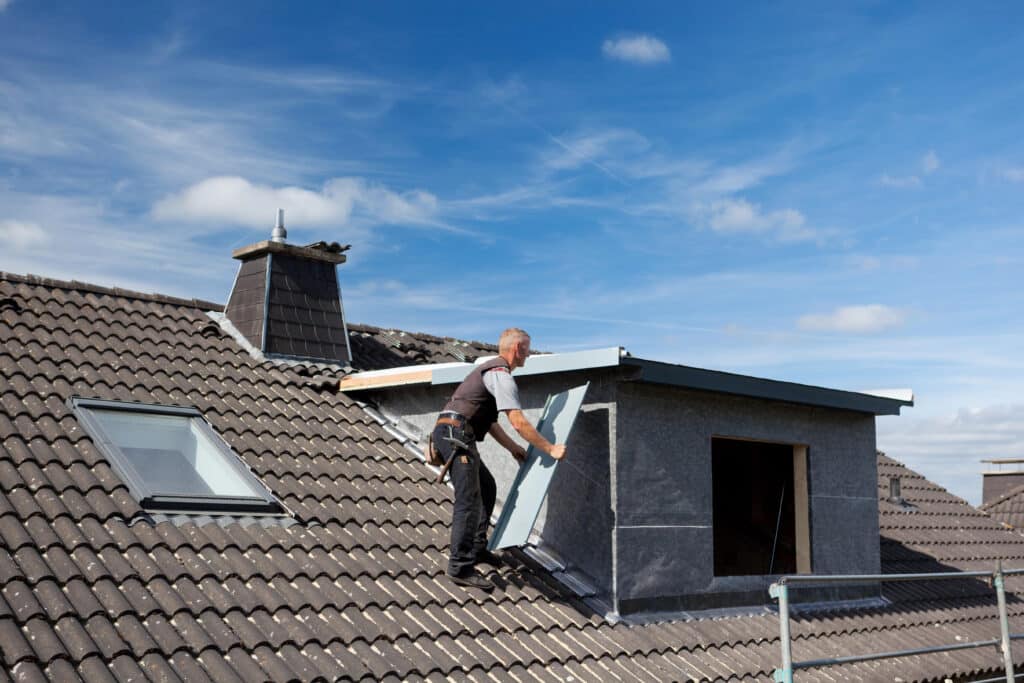
A new roof is a major investment for any building. Making the wrong choices during installation can lead to leaks, repairs, and higher costs over time. Avoiding common errors is the best way to protect your property and save money.
Whether you are planning to hire professionals or handle the project yourself, understanding the basics of good installation is important. Many homeowners and business owners benefit from professional residential and commercial roofing services, which can help prevent unnecessary problems during a new roof project.
- Reusing old flashing instead of installing new flashing
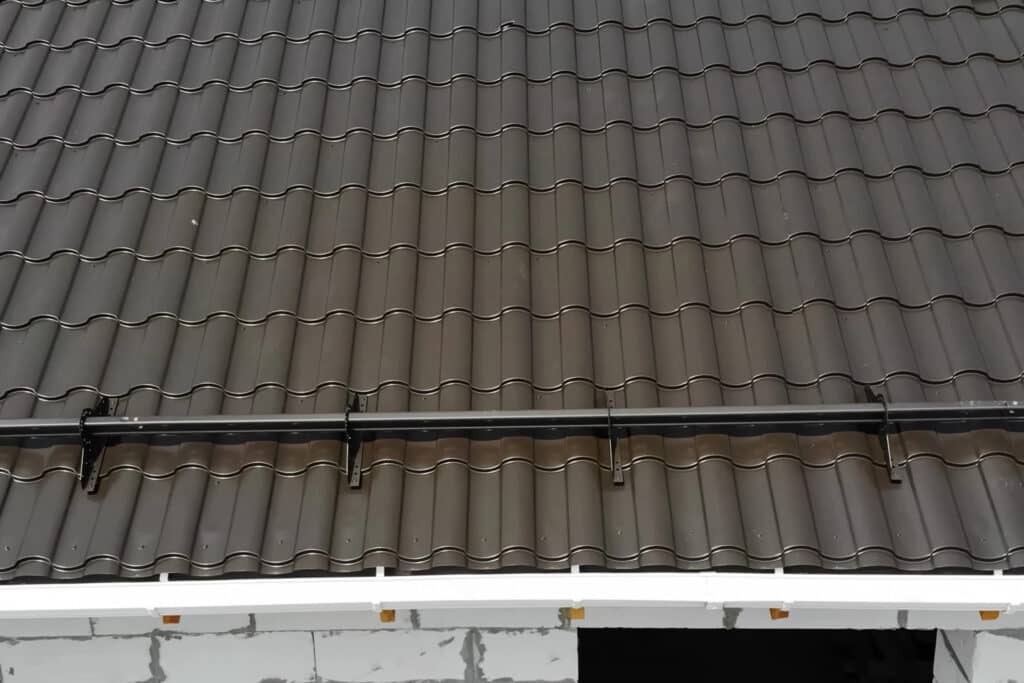
Some people try to save time or money by leaving old flashing in place during a new roofing project. This may seem like a simple shortcut, but old flashing can cause trouble down the road.
Flashing protects against leaks by keeping water out of the joints and edges of the roof. When reused, flashing may already have bends, corrosion, or holes that weaken its ability to keep water out.
Old flashing may not fit properly with new materials, which can leave gaps or spaces where water can get in. Installing new flashing helps keep the roof’s waterproof barrier strong and secure.
It is easier to install new flashing while the roof is being replaced than to fix issues later. Replacing old flashing gives better results and prevents damage, so it is recommended during any new roofing job.
- Incorrect use of roofing nails leading to loose shingles
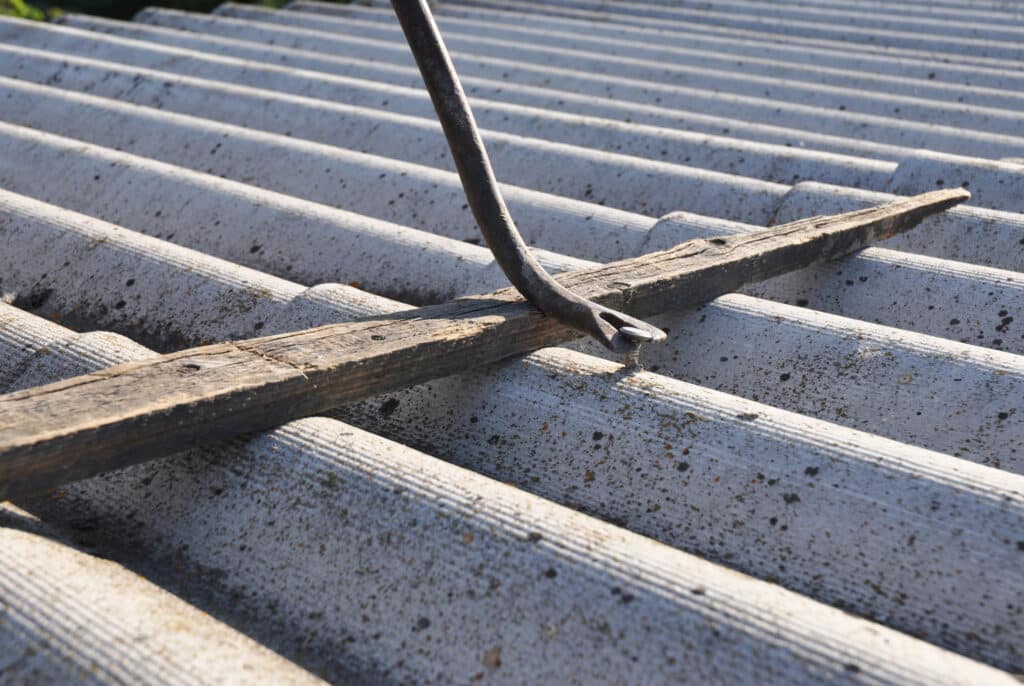
One mistake during roofing installation is using the wrong nails or putting them in the wrong place. Nails that are too short or too thin may not hold the shingles tightly. If this happens, shingles can come loose during strong winds or heavy rain.
Another common problem is nailing above or below the correct line on the shingle. Nails that miss the expected spot do not secure the shingle as designed. This makes it easier for water to sneak under and cause leaks.
Spacing nails too far apart is also an issue. Too few nails lower the roof’s strength. Careful placement and use of the right type and number of nails help keep shingles in place. Proper nailing helps the roof last longer and prevents problems.
- Mismatched or incompatible roofing shingles
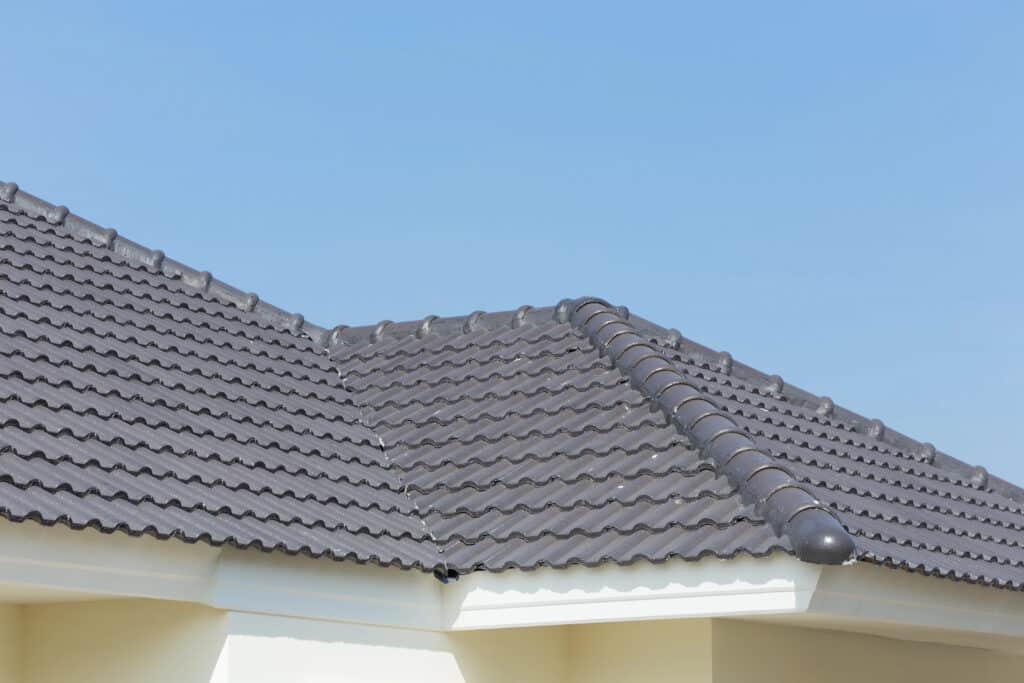
Using shingles that do not match can cause problems with the appearance of the roof. Different shades or styles may be noticed easily, especially over a large area.
Incompatible shingles may not fit together as they should. This can leave gaps or uneven lines that make it easier for water to get under the roof. When shingles do not seal correctly, the risk of leaks goes up.
Mixing different types of shingles can also affect how long the roof lasts. Some shingles react differently to sunlight and temperature changes. This may cause some sections of the roof to wear out faster than others.
It is important to use shingles that are designed to work together. This helps keep the roof strong, secure, and looking good.
4. Neglecting proper roof ventilation during installation
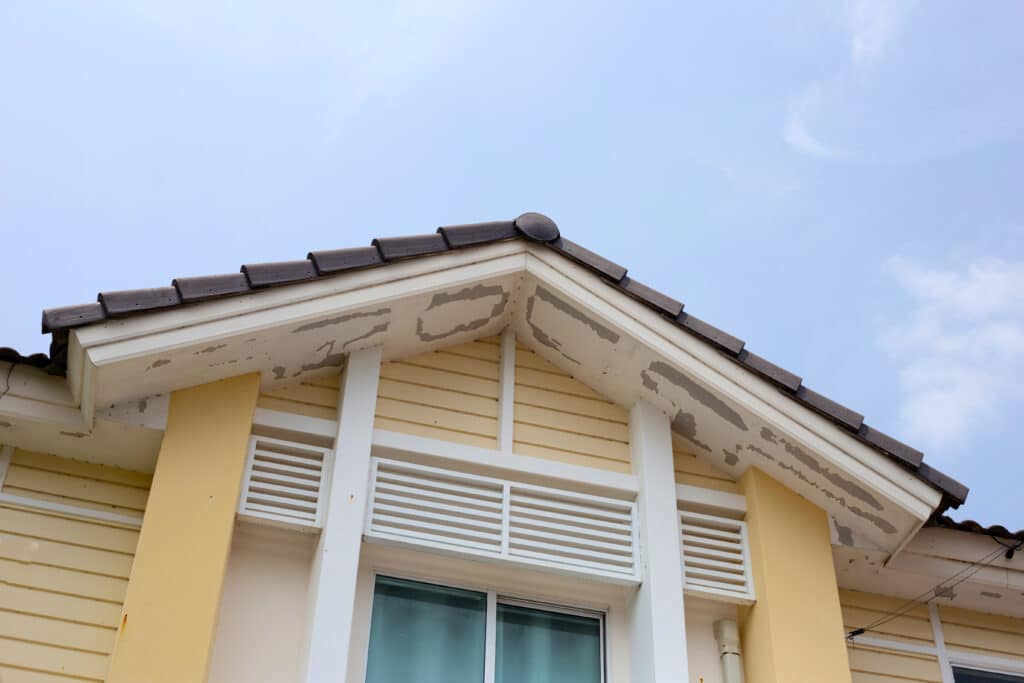
Proper roof ventilation is important for keeping a home comfortable and safe. Without enough ventilation, heat and moisture can get trapped in the attic. This can lead to higher energy bills as the house becomes harder to cool in summer.
Moisture build-up can also cause mold or mildew to form. Over time, this can damage the insulation, wood, and even the roof structure itself. Poor ventilation may also shorten the lifespan of roofing materials.
Many people forget about ventilation during installation. It is important that all needed vents and air passages are clear and open. Paying attention to this detail can help prevent problems and save on repairs later.
5. Building multiple layers of shingles over old ones
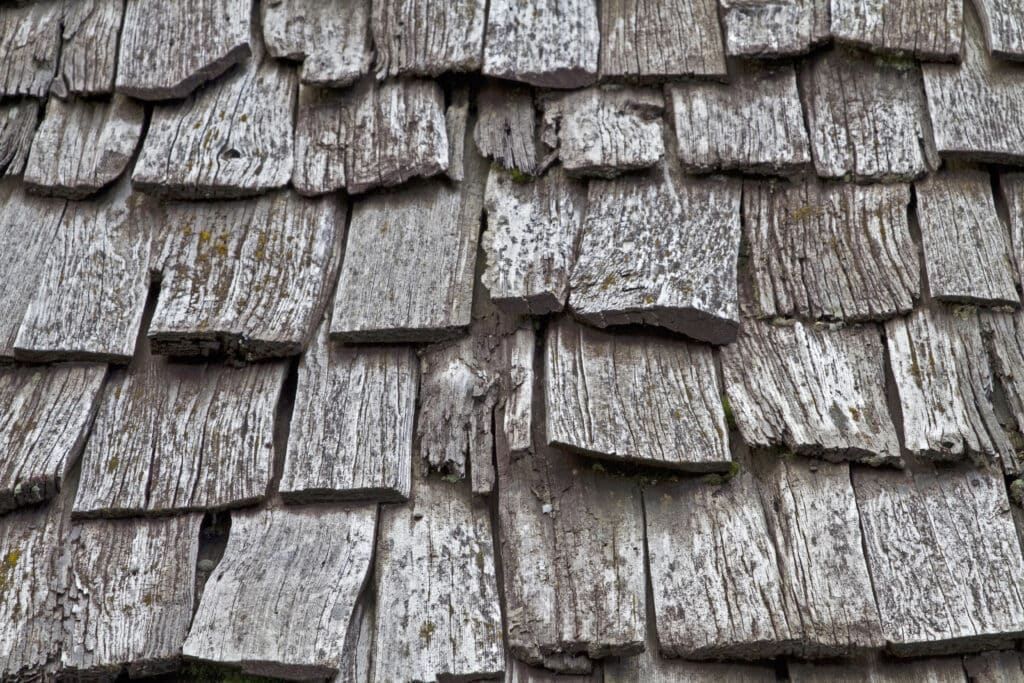
Some people may try to save time or money by putting new shingles right on top of old ones. This practice is not always safe or recommended.
Stacking shingles adds extra weight to the roof, which can stress the structure. Over time, this weight may cause damage, especially if the roof is older or already weakened.
Adding a new layer can also hide problems with the original shingles, like leaks or rot. If these issues go unnoticed, they can get worse and cost more to fix later.
More than one layer of shingles may also lower how long the roof lasts. Heat and moisture can get trapped between the layers, which may make shingles wear out faster.
Building codes in some places limit the number of shingle layers allowed. Always check local rules before starting this type of project.
6. Ignoring the manufacturer’s installation guidelines

Many manufacturers provide clear instructions for how their roofing products should be installed. Skipping these steps can cause problems like leaks, loose shingles, or even early roof failure.
Each type of roofing material has its own rules. Fastener types, nail placement, and underlayment choices often depend on what the manufacturer says. If a step is missed or done incorrectly, the roof may not protect the home as intended.
Following the guidelines also helps keep any warranties valid. If the roof is not installed as directed, warranty claims may be denied later on. This can lead to unexpected costs if repairs are needed.
Taking time to read and apply the manufacturer’s instructions helps prevent mistakes and saves trouble in the long run.
Conclusion
Avoiding common roofing mistakes can help save time and money. Good planning, proper materials, and attention to installation make a big difference.
They should also focus on ventilation and follow building codes. Hiring skilled professionals is an important step.
By following these basic steps, homeowners can achieve a safer and longer-lasting roof. Taking the time to do it right pays off in the end.
- 0shares
- Facebook0
- Pinterest0
- Twitter0



